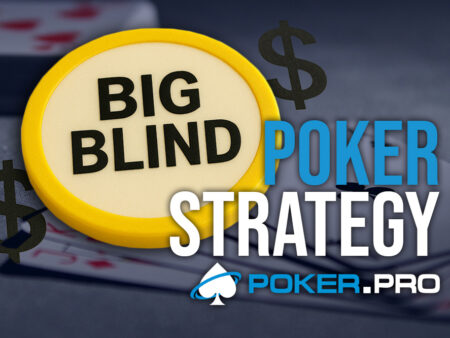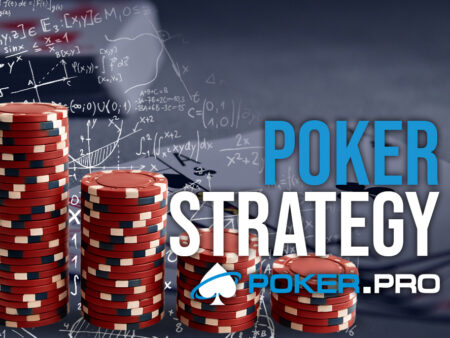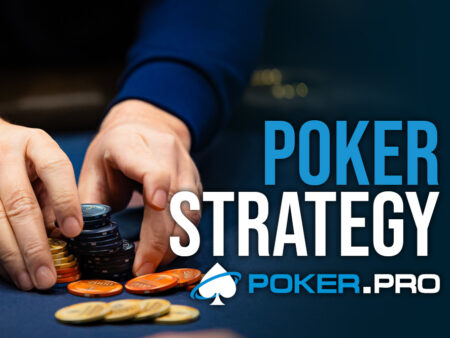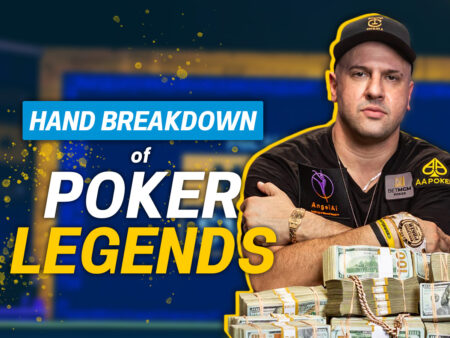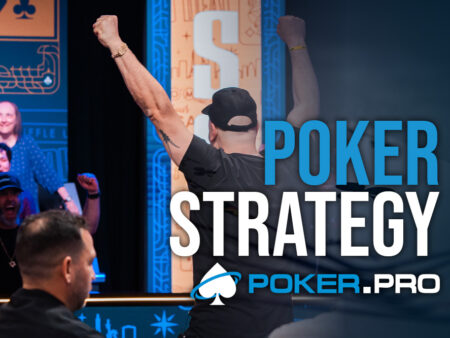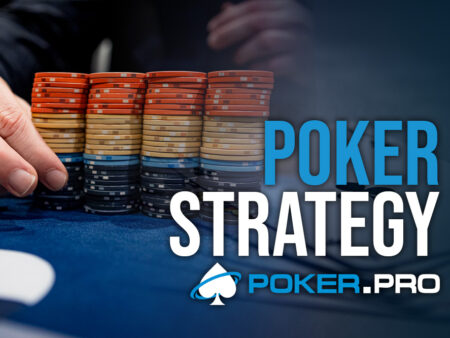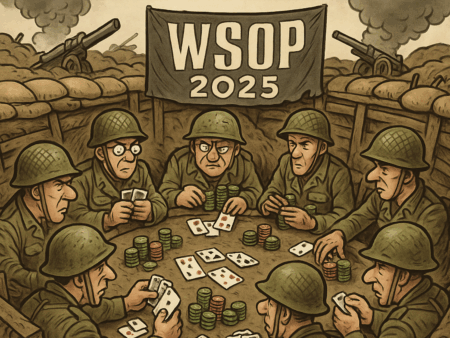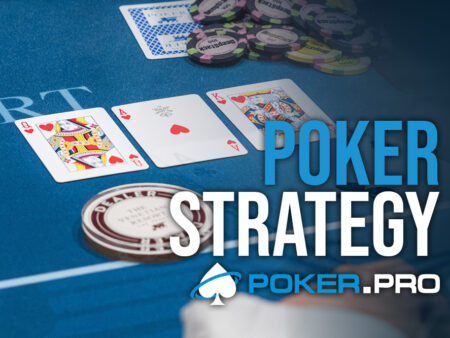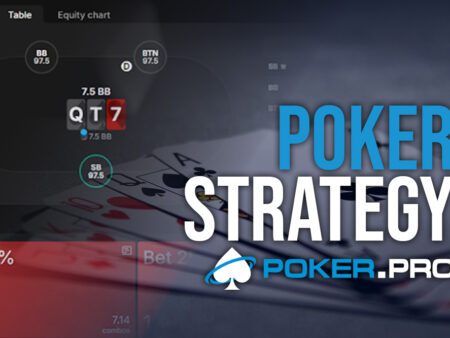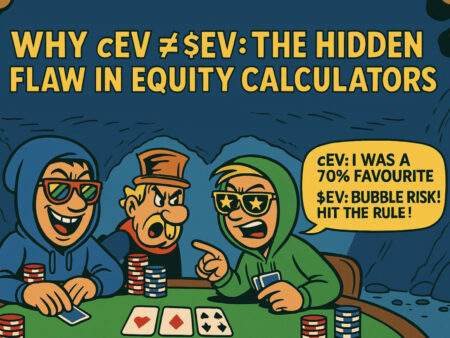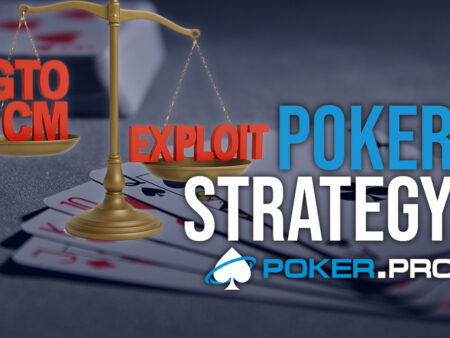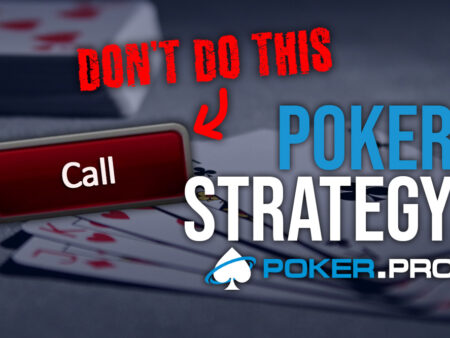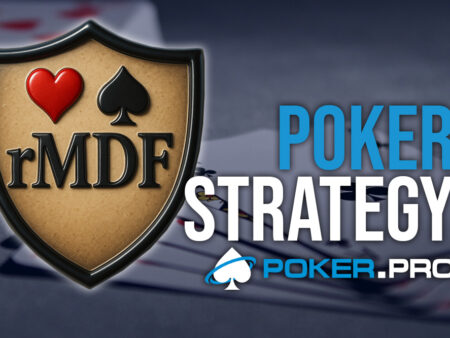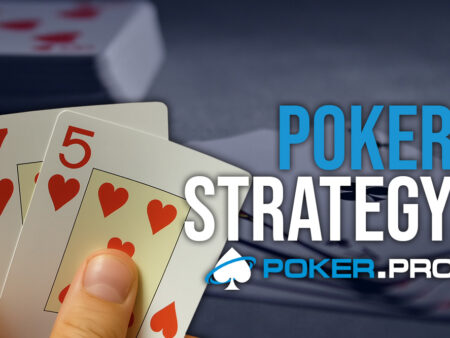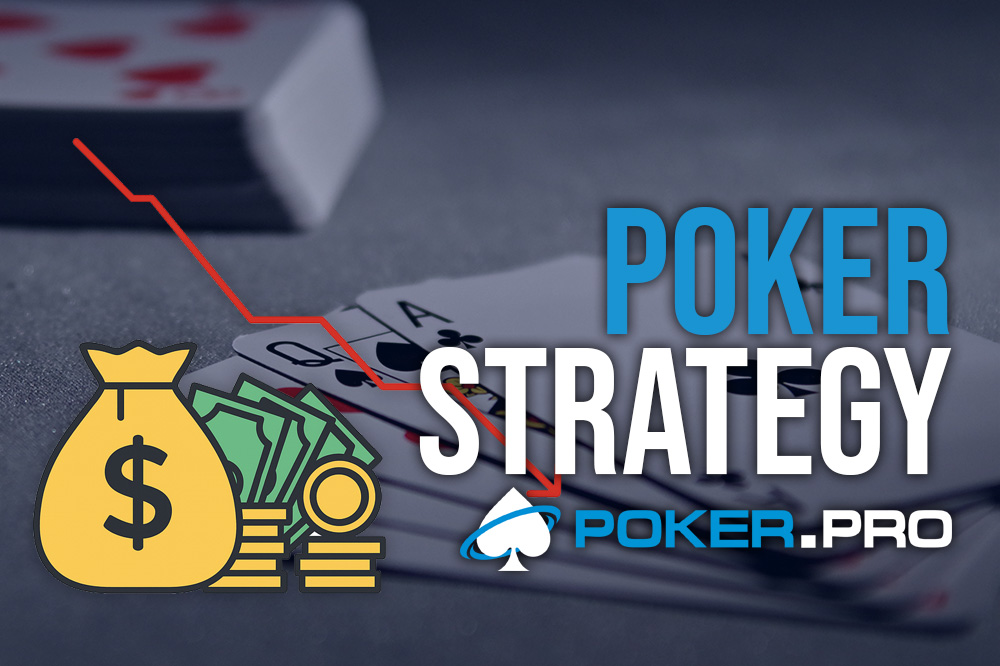
Most tournament players treat poker cash games as a grind to fund their tournament entries. But if you approach them with a structured, disciplined poker strategy, cash games can be more stable in profit compared to the high variance seen in tournaments. They are very flexible in time commitment, allowing you to leave when the game becomes unprofitable or fatigue sets in. At low and mid stakes, cash games are literally an endless well of exploitable mistakes where players rarely adjust.
In short, poker cash games are the fastest way to build a consistent bankroll if played correctly. But assuming all this you already know, let’s talk about some new conceptual math to give you an edge and consider a brand new twist in this well-known format.
Diminishing profitability point
As I continued my cash game grind it became apparent that there exists a point of diminishing profitability in a cash game session due to various factors such as opponent adaptation (they learn your tendencies), reduced exploitability (edges narrow as adjustments happen) as well as your mental fatigue (reducing precision in decisions). This point is important to understand, as this essentially will tell you when to pack up and go. Because in cash games, the real money isn’t just in moving tables – it’s in moving casinos.
Let’s explore the math behind this statement to understand why, how, and most importantly, when this occurs:
- EV(t) = Expected Value per hour at time t
- EV₀ = Initial Expected Value per hour (at t = 0)
- k = Adaptation rate constant (reflects how fast opponents adjust)
- t = Time in hours
We model EV(t) as an exponential decay EV(t) = EV₀ × e^(–kt). Where e is Euler’s number (~2.718) and –kt reflects the compounded effect of opponents adjusting over time. If EV(t) reaches 0, your edge is gone and if EV(t) < 0, you’re playing at a loss.
Let’s find the breakeven time when EV drops to 0. Technically EV(t) = 0, but exponential decay never truly reaches zero, so practically set: EV(t) ≤ Minimum profitable threshold (e.g. $10/hr), then t = –ln(threshold / EV₀) / k
Example calculation:
- EV₀ = $50/hour
- Minimum threshold = $10/hour
- k = 0.3
t = –ln(10 / 50) / 0.3
t = –ln(0.2) / 0.3
t = –(–1.6094) / 0.3
t ≈ 5.36 hours
After ~5.4 hours, your poker profitability falls below your threshold due to opponents adapting.
Diminishing expected value
Now let’s explore further and look at a calculation that allows us to determine the point at which the player’s bet generates a smaller return, in other words, diminishing expected value when betting larger amounts:
Conceptual Formula:
- EV = (Pwin × Pot) – (1 – Pwin) × Bet
Where:
- EV = Expected Value of the bet
- Pwin = Probability of winning if called
- Pot = Current pot size before your bet
- Bet = Your bet amount
Identifying diminishing returns:
As you increase Bet, EV increases up to a point, but:
- If Bet > Pot, the additional EV gain diminishes unless Pwin is extremely high.
- If Pwin < 50%, larger bets reduce EV faster.
- If opponent folds too often, over-betting can still have high EV, but if they call only strong ranges, EV decreases sharply beyond an optimal size.
To calculate the break-even point for betting:
- Break-even Bet Size = (Pwin × Pot) / (1 – Pwin)
– At this bet size, your EV = 0.
– Betting more than this yields negative EV (losing money long-term).
– Betting significantly less yields positive EV, but smaller in absolute terms.
Practical Example:
- Pot = $100
- Pwin = 40% (0.40)
Break-even Bet Size:
= (0.40 × $100) / (1 – 0.40)
= ($40) / (0.60)
= $66.67
Betting up to ~$66 has positive EV. Betting more starts to generate smaller or negative returns if your opponent only calls with better hands.
Knowing your approximate Pwin before betting big prevents over-betting leaks where your aggression turns profitable plays into losing ones.
- Read more: Adjusted Calculation: Working Out Your Chance Of Hitting Straight Draw
- Follow Aytan Eldarova on Instagram.
TL;DR:
This article introduces two advanced concepts for poker cash games:
1. The Diminishing Profitability Point, which shows how your hourly edge decays over time due to opponent adaptation and mental fatigue, modeled with exponential decay.
2. Diminishing Expected Value, which analyzes how increasing your bet size affects EV, revealing a breakeven point beyond which larger bets can actually lose money.
Understanding these helps you decide when to leave a session and how much to bet for maximum profit.
